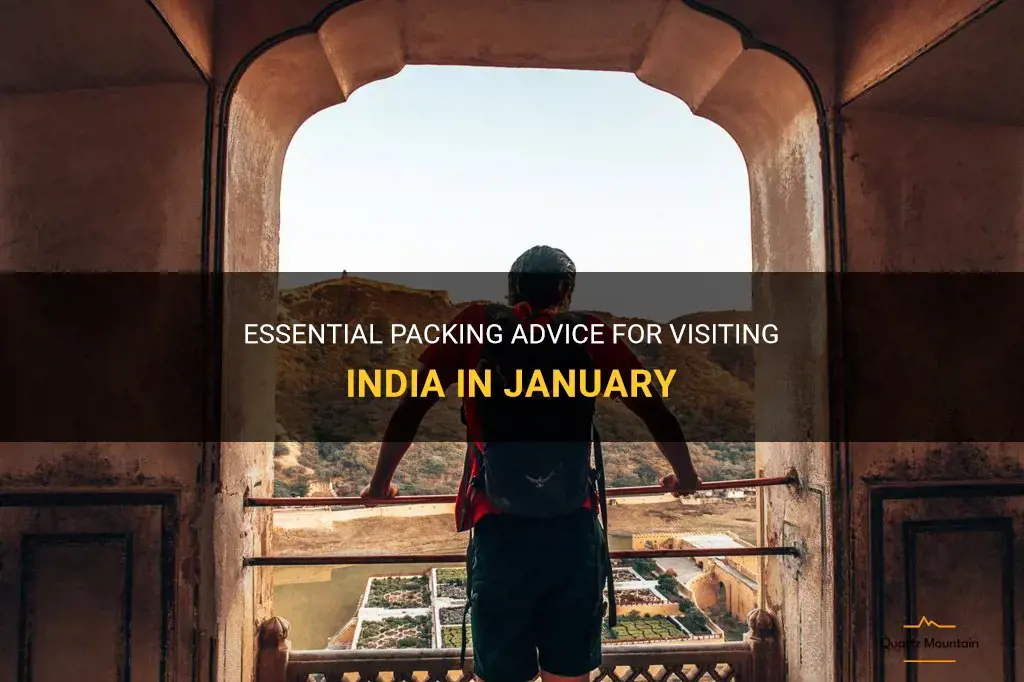
Are you planning a trip to India in January? Well, you're in for a treat! January is a fantastic time to visit this vast and diverse country. From vibrant festivals to beautiful weather, India offers an exciting experience for travelers. However, packing for a trip to India in January requires careful consideration. In this article, we will provide you with essential packing advice to ensure you have a comfortable and enjoyable trip. Whether you're exploring the bustling streets of Delhi or relaxing on the palm-fringed beaches of Goa, we've got you covered. So, let's dive in and make sure you're well-equipped for your adventure in India this January!
What You'll Learn
- What is the weather like in India in January and what kind of clothing should I pack?
- Are there any cultural considerations or dress codes that I should be aware of when packing for India in January?
- Are there any specific items that are recommended to pack for a trip to India in January, such as insect repellent or sunscreen?
- Are there any specific items that are not recommended to pack for a trip to India in January, such as heavy winter clothing?
- Is it necessary to bring any specific medication or medical supplies when traveling to India in January?

What is the weather like in India in January and what kind of clothing should I pack?
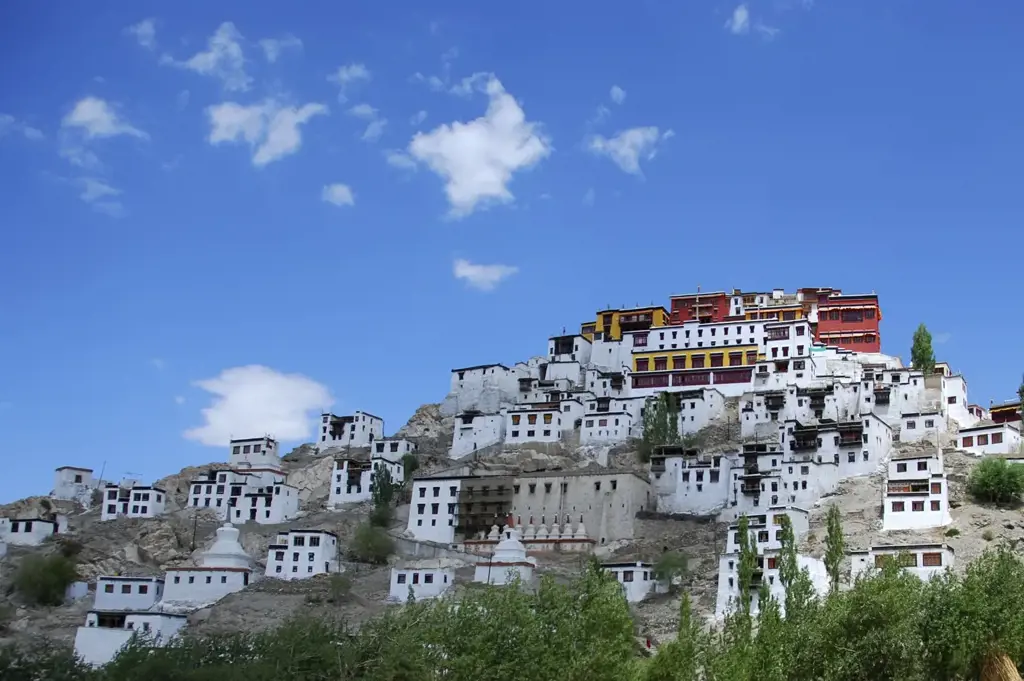
India, with its diverse geographical features and climatic zones, experiences different weather patterns throughout the year. In January, India enters the winter season, and the weather varies across different regions of the country. It is essential to know what the weather is like and what kind of clothing to pack when planning a trip to India during this time.
In northern India, January is the peak of winter, and temperatures can drop to freezing levels in some areas. Places like Delhi, Agra, and Jaipur experience cold weather during this time, with average temperatures ranging from 7 to 20 degrees Celsius (44 to 68 degrees Fahrenheit). It is advisable to pack warm clothing such as sweaters, jackets, thermal wear, scarves, and gloves to stay comfortable in these regions. Layering is key as the temperatures can vary throughout the day.
Moving towards central India, cities like Mumbai, Pune, and Nagpur experience a milder winter compared to the north. The average temperatures in these areas range from 15 to 30 degrees Celsius (59 to 86 degrees Fahrenheit). While the weather is relatively warmer, it is still recommended to carry light sweaters or jackets for the cooler early morning and evening hours.
In southern India, cities like Chennai, Bangalore, and Hyderabad enjoy a tropical climate, and January is one of the most pleasant times to visit. The temperatures in these areas range from 20 to 30 degrees Celsius (68 to 86 degrees Fahrenheit). T-shirts, light cotton tops, and shorts or skirts are suitable for the daytime, while a light jacket or shawl may be needed during the evenings.
The northeastern part of India, including places like Darjeeling, Gangtok, and Shillong, experiences chilly temperatures during January. The average temperatures in these hilly regions range from 2 to 15 degrees Celsius (36 to 59 degrees Fahrenheit). It is essential to pack warm clothing such as heavy jackets, sweaters, and thermal wear to stay cozy in these regions.
It is worth noting that weather conditions can vary from year to year, so it is advisable to check the forecast a few days before your trip. Also, consider the activities and places you plan to visit. If you plan to visit the Himalayan region, where snowfall is common in January, extra precautions and suitable winter gear, such as waterproof jackets, boots, and thermal layers, should be packed.
To sum up, India experiences diverse weather patterns in January. It is crucial to pack clothing suitable for the specific region you plan to visit during your trip. Layering is advisable in colder regions, while lighter, breathable clothing is suitable for warmer areas. Checking the weather forecast closer to your trip and considering the activities and places you plan to visit will help you pack appropriately and ensure a comfortable and enjoyable trip.
Essential Items to Pack for Your Montana Adventure
You may want to see also

Are there any cultural considerations or dress codes that I should be aware of when packing for India in January?
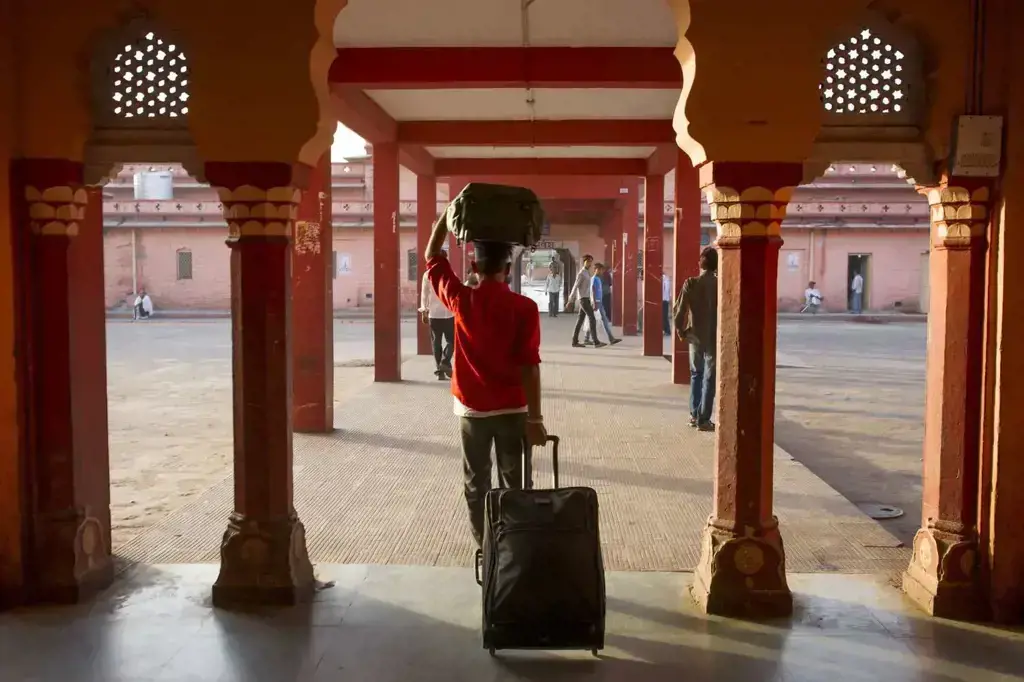
When traveling to any foreign country, it is important to be aware of the cultural considerations and dress codes to show respect and avoid any unintentional offense. This is particularly true when visiting a culturally rich and diverse country like India. In January, India experiences cool temperatures, especially in the northern parts of the country. Here are some cultural considerations and dress codes that you should be aware of when packing for India in January.
- Modest Clothing: India is a conservative country, and it is important to dress modestly, particularly when visiting religious sites or rural areas. Both men and women should avoid wearing revealing clothing such as shorts, short skirts or dresses, tank tops, and low-cut tops. It is best to choose clothing that covers shoulders, chest, and knees. For women, loose-fitting pants or long skirts paired with blouses or tops that cover the shoulders are appropriate. Men can wear long pants or jeans with shirts or t-shirts.
- Layers: While January is generally cool in India, the temperature can vary from region to region. It is advisable to pack layers of clothing to adjust to the changing temperatures. Start with a light sweater or cardigan that can be worn over a t-shirt or blouse. You can also carry a light jacket or shawl that can provide additional warmth if needed.
- Footwear: Comfortable and closed-toe shoes are recommended for traveling around India. This is especially important when visiting religious sites where you may be required to remove your shoes. Also, consider packing a pair of sandals or flip-flops for hot and humid weather or when visiting beaches or rural areas.
- Traditional Attire: If you have the opportunity to attend a traditional Indian event or wedding, it is respectful and enjoyable to wear traditional Indian clothing such as a saree for women or a kurta-pajama for men. You can purchase or rent these outfits locally or bring them from home if you have one.
- Scarves and Shawls: In addition to adding style to your outfits, scarves and shawls can provide warmth and can be used as a cover-up when needed. In some religious sites, it is customary to cover your head, so having a scarf or shawl can be handy.
- Cultural Sensitivity: It is important to be respectful of the local customs and traditions. Avoid wearing clothing with offensive or disrespectful symbols or slogans. Additionally, be mindful of the colors you choose to wear. White is considered a color of mourning in India, so it is best to avoid wearing all white or predominantly white outfits.
- Dressing for the Weather: While January is generally cool, some parts of India can have warmer temperatures, particularly in the southern regions. If you are planning to visit destinations like Goa or Kerala, you may need lighter clothing such as cotton pants, skirts, or dresses.
Remember, it is always better to be overdressed rather than underdressed when visiting India. By dressing modestly and adhering to the cultural considerations and dress codes, you show respect for the local customs and traditions. Enjoy your trip to India and have an enriching cultural experience!
Creative Lunch Ideas: How to Pack a Delicious Meal When Your Fridge is Empty
You may want to see also

Are there any specific items that are recommended to pack for a trip to India in January, such as insect repellent or sunscreen?
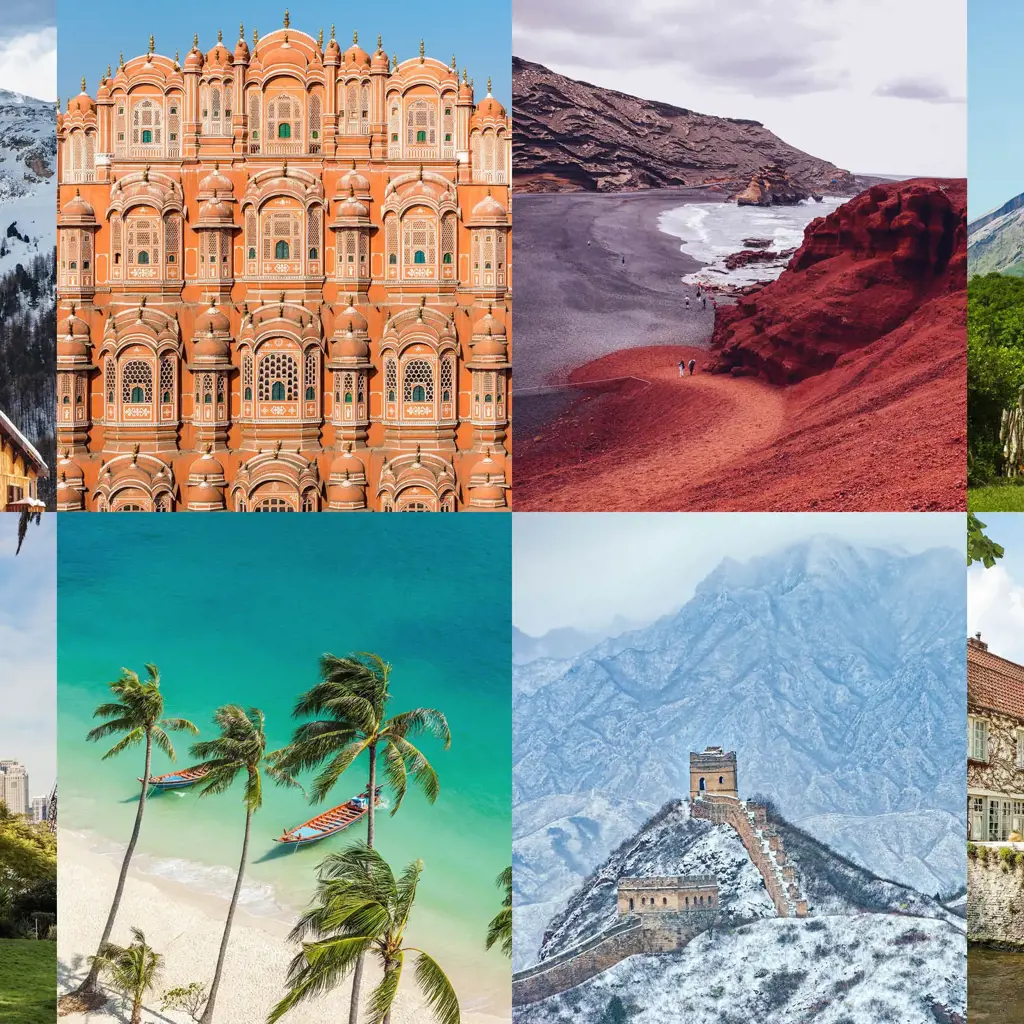
When planning a trip to India in January, it is important to pack certain items to ensure a comfortable and enjoyable experience. In January, the weather in India can vary depending on the region, ranging from cool temperatures in the north to warmer temperatures in the south. Here are some specific items that are recommended to pack for a trip to India in January.
- Insect repellent: India is known for its mosquitos and other insects, especially in rural areas. To protect yourself from mosquito-borne diseases such as dengue and malaria, it is recommended to pack a good quality insect repellent. Look for a repellent containing DEET, as it is the most effective against mosquitos.
- Sunscreen: Although January is a relatively cooler month in India, the sun can still be quite strong, especially in southern regions. It is important to protect your skin from harmful UV rays by packing a sunscreen with a high SPF. Apply it generously to exposed areas of your body, especially if you plan to spend a lot of time outdoors.
- Comfortable clothing: India is a diverse country with different cultural and religious beliefs. When it comes to clothing, it is best to pack modest and comfortable clothing. Opt for lightweight, breathable fabrics such as cotton and linen to stay cool in the warmer regions. In the colder regions, pack layered clothing to adjust to the changing temperatures.
- Medications and first aid kit: It is always a good idea to keep a small first aid kit with essential medications and supplies. This is particularly important if you have any pre-existing medical conditions or allergies. Pack prescription medications, over-the-counter pain relievers, antidiarrheal medication, and any other necessary medications. It's also a good idea to bring a basic first aid kit with band-aids, antiseptic ointment, and other basic supplies.
- Power adapter and voltage converter: India uses a different type of power outlet and voltage compared to many other countries. It is important to pack a power adapter and voltage converter to be able to charge your electronics and use any electrical devices you may bring. Check the plug type and voltage requirements for your specific devices before purchasing the adapter and converter.
- Travel insurance: While it's not exactly an item to pack, having travel insurance is highly recommended when visiting India or any other country. Travel insurance provides coverage for medical emergencies, trip cancellations, lost or stolen belongings, and other unforeseen circumstances. Make sure to choose a comprehensive plan that suits your needs.
- Cash and cards: Although major credit and debit cards are widely accepted in urban areas, it's always a good idea to carry some cash for smaller businesses and remote areas that may not accept cards. Make sure to inform your bank of your travel plans to avoid any issues with your cards while in India. Additionally, keep your cash and cards in a secure place such as a money belt or a secure wallet.
In conclusion, packing the right items for a trip to India in January can make your journey more comfortable and hassle-free. Remember to pack insect repellent, sunscreen, comfortable clothing, medications, a power adapter, and travel insurance. By being prepared, you can fully enjoy the rich culture, diverse landscapes, and warm hospitality that India has to offer.
Essential Items to Pack When Moving into Assisted Living
You may want to see also

Are there any specific items that are not recommended to pack for a trip to India in January, such as heavy winter clothing?
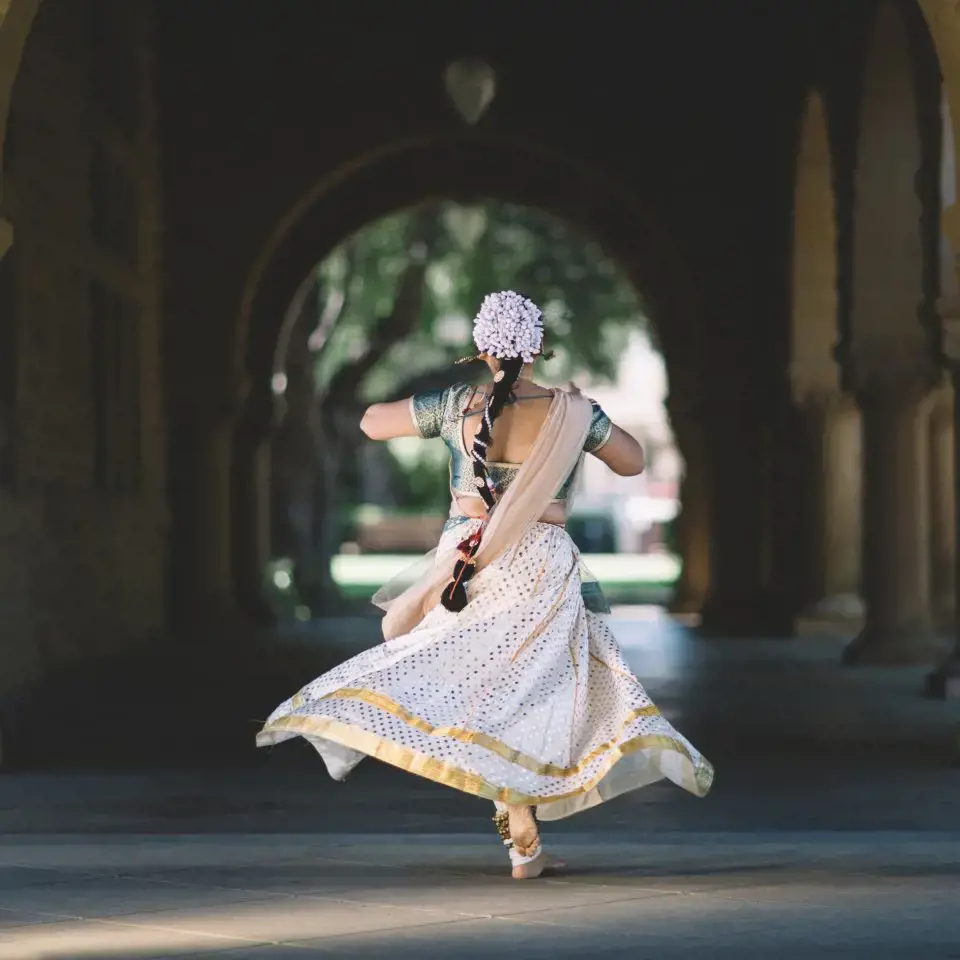
When packing for a trip to India in January, it's essential to consider the weather conditions and cultural norms to ensure you are appropriately prepared. January falls within the winter season in most parts of India, but it's still necessary to be mindful of the regional variations in climate. While heavy winter clothing may be required in some areas, there are specific items that are not recommended to pack for a trip to India in January.
One item that you can skip packing is heavy winter clothing, especially if you are planning to visit the southern regions of India. In states like Kerala, Tamil Nadu, and Karnataka, the temperatures in January are relatively mild and rarely drop below 20 degrees Celsius (68 degrees Fahrenheit). Packing bulky winter coats, thick sweaters, and other heavy winter clothing items would only take up valuable space in your suitcase.
Instead, pack light layers that you can easily add or remove depending on the weather. Bring a few lightweight sweaters or cardigans, as they are versatile and can be easily paired with other clothing items. Additionally, bring a light jacket or a windbreaker for cool evenings or if you plan to visit hill stations or high-altitude areas.
It is also essential to consider the cultural norms when packing for India. India is a diverse country with different customs and traditions, especially when it comes to clothing. In most parts of India, it is considered respectful to dress modestly. Therefore, it is advisable to avoid packing items that are revealing or provocative, such as short skirts, tank tops, or low-cut tops. Instead, opt for loose-fitting, comfortable clothing that covers the shoulders, knees, and chest.
When it comes to footwear, it is recommended to pack comfortable shoes for walking and sightseeing. India is known for its bustling streets and vibrant markets, so you'll likely be doing a lot of walking. Choose closed-toe shoes or sandals with good support to keep your feet comfortable during long walks.
In addition to clothing, it is essential to pack other essential items such as toiletries, medications, and accessories. It is advisable to pack sunscreen with a high SPF, as even in winter, the sun's rays can be strong. Don't forget to pack any necessary medications and a first aid kit, as it may not always be easy to find specific medications in India.
Overall, when packing for a trip to India in January, it's crucial to consider the weather conditions and cultural norms. Avoid packing heavy winter clothing unless you plan to visit regions with colder temperatures. Instead, opt for light layers and modest clothing that respects the local customs. With careful planning and packing, you can enjoy a comfortable and culturally appropriate trip to India in January.
Packing Essentials: How to Pack Efficiently for a Week
You may want to see also

Is it necessary to bring any specific medication or medical supplies when traveling to India in January?
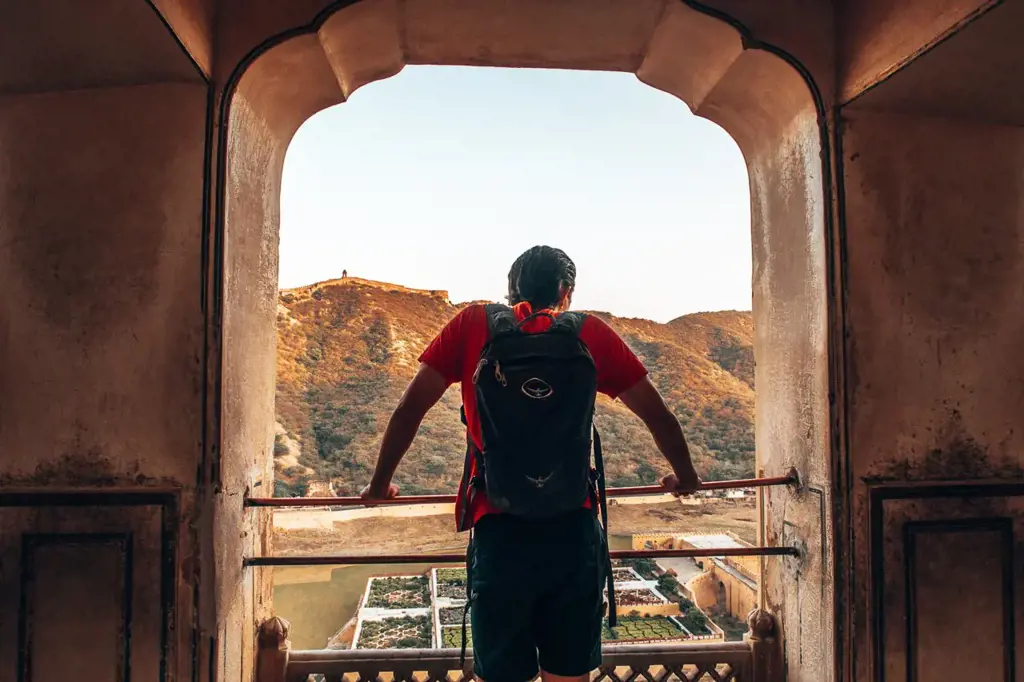
When traveling to India in January, it is important to be prepared and bring along any necessary medication or medical supplies. This will ensure that you have a safe and healthy trip, especially considering the unique challenges and health risks associated with traveling to a different country.
One of the first things to consider is any existing medical conditions or prescriptions that you currently take. It is crucial to bring an adequate supply of your prescribed medications, along with a copy of the prescriptions, in case you need to refill them while in India. It is also a good idea to carry a letter from your doctor detailing your condition and the medications you require, as this may be required by customs or authorities.
Additionally, it is advisable to pack a basic travel medical kit that includes over-the-counter medications for common ailments such as pain relievers, antacids, antihistamines, and cough medicine. It is also worth including items like adhesive bandages, sterile gauze, antiseptic ointment, and a thermometer. These supplies can come in handy for minor injuries or illnesses that may occur during your trip.
In India, there are certain health risks that may require specific medications or supplies. For example, malaria is present in certain regions, particularly during the monsoon season. If you plan on visiting these areas, it is important to consult with a travel health specialist or your doctor to determine if you need to take anti-malarial medications. Insect repellent, mosquito nets, and appropriate clothing can also help prevent mosquito bites.
In terms of water and food safety, it is generally recommended to drink bottled water and avoid consuming raw or uncooked foods, particularly street food. However, it is still a good idea to bring along water purification tablets or a portable water filter, as a precautionary measure. These can be especially useful if you plan on visiting rural or remote areas where access to safe drinking water may be limited.
It is also wise to check if any vaccinations are recommended or required for your trip to India. The Centers for Disease Control and Prevention (CDC) provides up-to-date information on recommended vaccines for each country. Common vaccines for travel to India may include hepatitis A and B, typhoid, and tetanus.
In addition to medication and medical supplies, it is essential to have adequate travel insurance that covers any medical expenses. Medical care in India can be expensive, especially in private hospitals or clinics. Having travel insurance can provide reassurance and financial protection in case any unforeseen medical emergencies occur during your trip.
In summary, bringing specific medication and medical supplies when traveling to India in January is highly advisable. It is important to bring an adequate supply of any prescribed medications, a basic travel medical kit, and any necessary items for specific health risks such as malaria. Additionally, ensuring you have the required vaccinations and travel insurance will contribute to a safe and worry-free trip. Remember to consult with a travel health specialist or your doctor for personalized advice based on your specific medical history and travel plans.
The Essential Guide: Top Items to Avoid Packing When Flying
You may want to see also
Frequently asked questions
When packing for a trip to India in January, it is important to consider the weather as well as the cultural norms. In January, the weather can vary depending on the region. Northern parts of India may experience cooler temperatures, so it is advisable to pack a combination of warm clothing such as sweaters, jackets, and long-sleeved shirts. Southern parts of India tend to be warmer, so lightweight and breathable clothing such as cotton shirts, dresses, and pants would be more suitable. Additionally, ensure to pack comfortable walking shoes, as there may be a lot of exploring and sightseeing involved.
India is known for its vibrant festivals and cultural events, and January is no exception. The most prominent festival in January is Makar Sankranti, celebrated throughout the country with kite flying and feasting. For this festival, it would be fun to pack a colorful and lightweight scarf or shawl to participate in the kite flying activities. Another festival to consider is Pongal, mainly celebrated in South India. For Pongal, you can pack traditional Indian attire such as sarees or dhotis to truly immerse yourself in the festivities.
India is home to numerous religious sites that attract tourists from all over the world. When visiting these sites, it is important to dress modestly out of respect for the culture and traditions. For men, it is advisable to pack long pants or trousers and shirts that cover the shoulders. Women may also want to pack long pants or skirts along with tops that cover the shoulders and avoid low necklines. It is also a good idea to have a scarf or shawl to cover the head when entering temples or other religious buildings. Additionally, consider packing socks, as it may be required to remove your shoes at certain religious sites.







